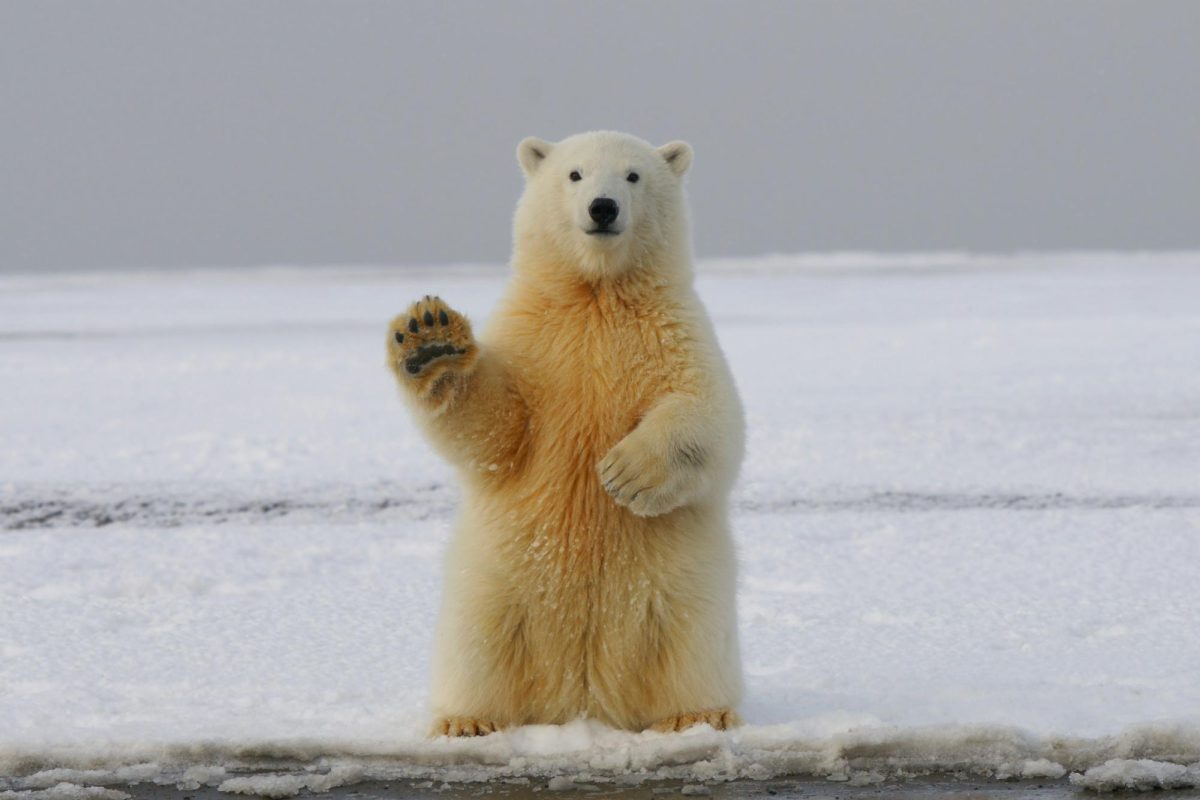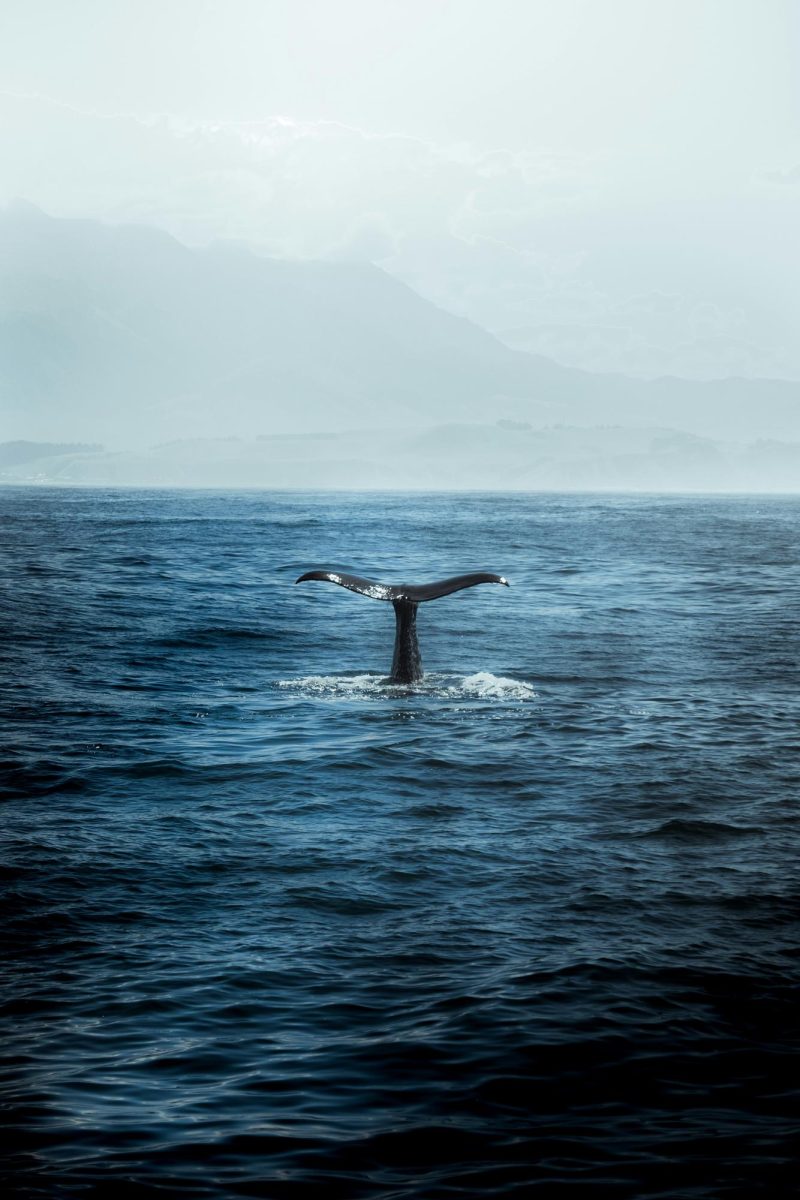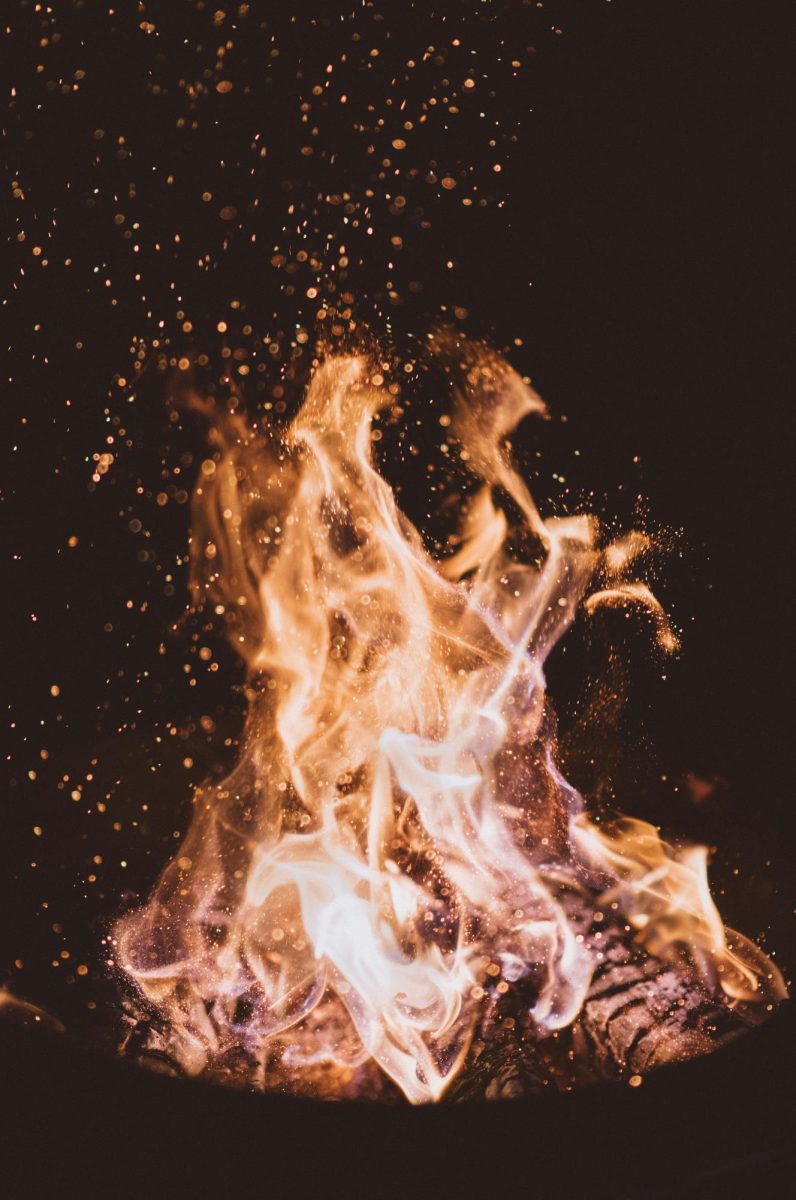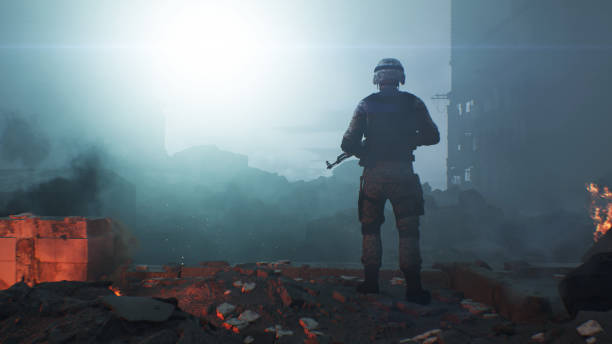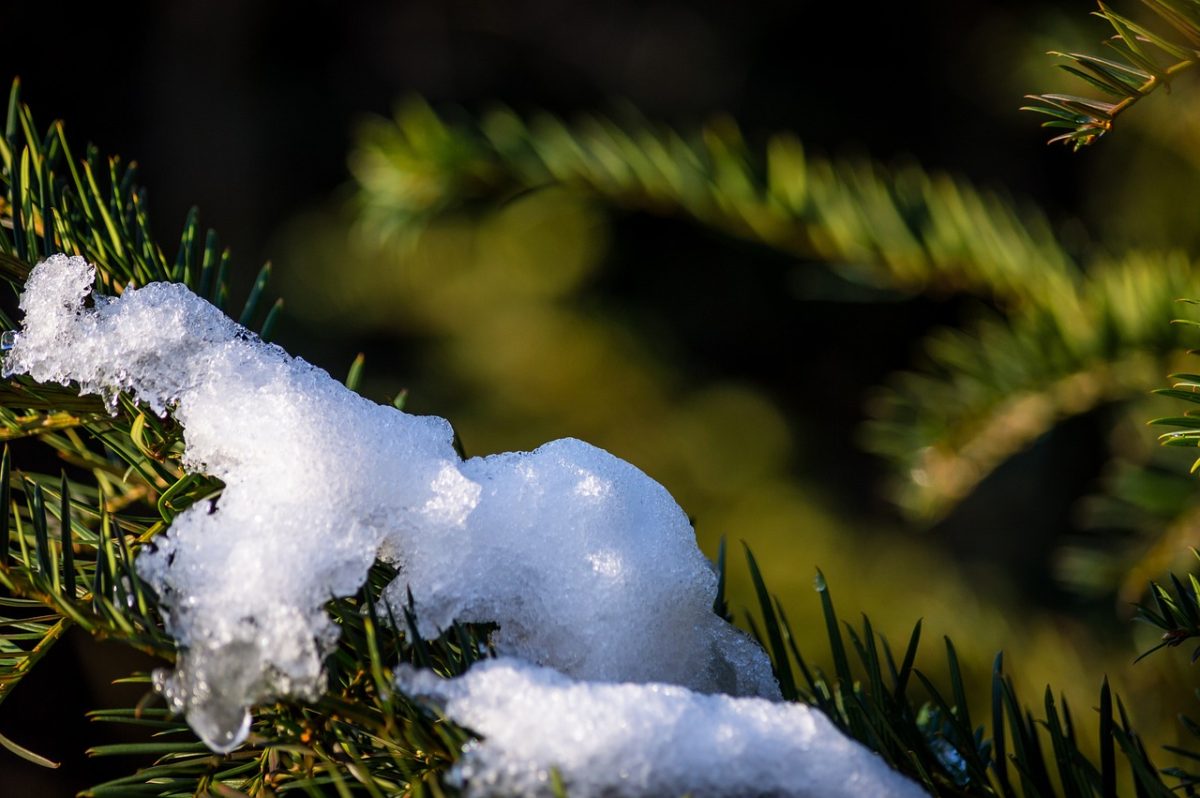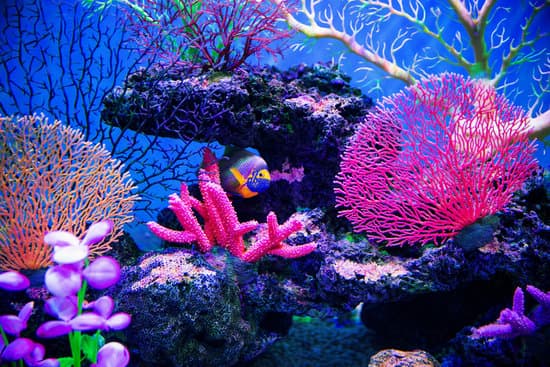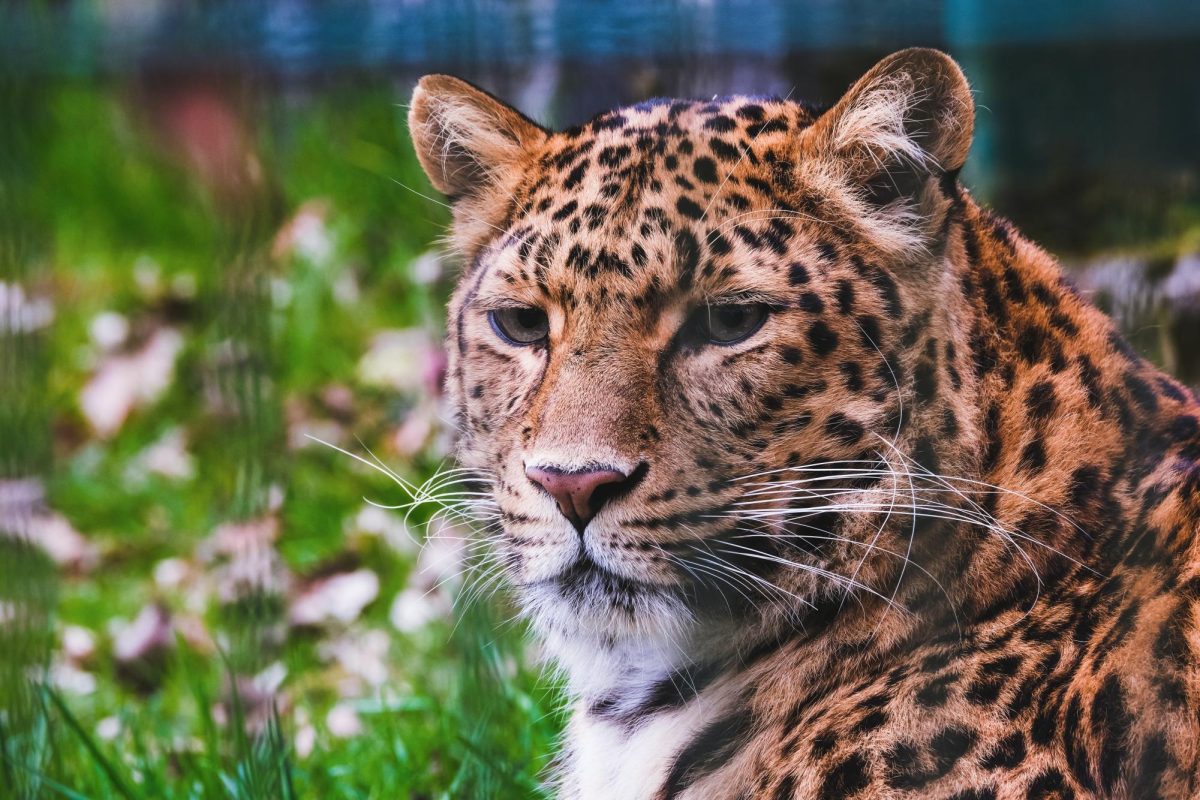During a surprise stop at an abandoned island formally in control of the Soviet Union, a team of wildlife photographers on their way to Wrangler Island in hopes to spot polar bears found their subjects much earlier than expected. The weather September of 2021 surprised the photographers as an intense storm pushed them to take refuge on Kolyuchin, a formerly inhabited island that contained an abandoned weather station dating back to the Soviet-Era. The photographers, led by Dmitry Kokh, were shocked to see that the polar bears they were hoping to find further north were still living on the island.
However, that was not what surprised the photographer’s most. After sending one of their drones to take photos of the bears, they discovered that some of the 15 to 20 polar bears were inside the houses. Despite the stormy weather, the photos came out perfectly with images of the bears leaning out of the windows of the abandoned buildings. Storms may be uncomfortable but mixed with the polar bears and the buildings’ photogenic nature, the photographers were able to document the almost fairy-tale-like experience. The photos were so impactful that Dmitry Kokh was awarded Wildlife Photographer of the Year in 2022.
The truth behind the photos is more solemn than they may seem. The increase of the melting ice in the seas that the polar bears live on during the later months of the year has caused them to change their behavior. It has become increasingly more common for polar bears to be spotted in abandoned towns like the ones the photographers found. Although the bears may have gone inside the buildings on Wrangler Island simply due to their curious nature, they were on land because the melting of the ice in the north had caused it to become so unstable that living on the northern ice was not safe enough for the bears. The bears lost the ability to use the ice for denning and hunting, so they resorted to staying on the nearby land. Because they could no longer hunt for seals on the ice, the polar bears had to hunt for food on land, which could not support their diets fully. This led the bears to travel closer to human settlements and abandoned towns to find food. The bears may even have to resort to eating out of landfills.
Finding food on land may begin to harm the polar bears because they will lack nutrients and eating out landfills cannot maintain the bears. Travelling to landfills will also cause the polar bears to interact with humans even more. Although polar bears rarely attack humans, the closer contact and lack of food increase the chance of conflict. Malnourishment can cause the bears to try to attack humans out of desperation. The photographs of the polar bears shed light on the effects that the melting ice has begun to have on the polar bear population.
References
Hardach, Sophie. “The Polar Bears Living in an Abandoned Arctic Weather Station.” BBC, BBC, 8 April 2025, www.bbc.com/future/article/20250407-the-polar-bears-living-in-an-abandoned-arctic-weather-station.
Kokh, Dmitry. “Polar Bears Move into Abandoned Arctic Weather Station – Photo Essay.” The Guardian, Guardian News & Media Limited, 31 January 2022, www.theguardian.com/world/2022/jan/31/polar-bears-move-into-abandoned-arctic-weather-station-photo-essay.
White, Robyn. “Beautiful Photos Show Polar Bears Living in Decaying Homes on Abandoned Island.” Newsweek, Newsweek Digital LLC, 20 January 2022, www.newsweek.com/polar-bears-houses-abandoned-island-1671236.

